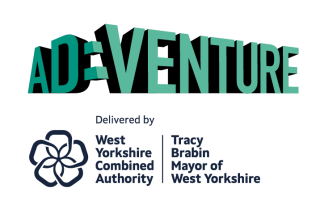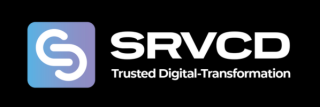
Let’s break it down… what is speech recognition?
by Voice Power, Nov 08
With 62% of doctors using speech recognition (Health Informatics, 2018), it’s hard to believe that some people have never heard of it– but it’s true, they haven’t. So, we thought we’d break it down; what is speech recognition?
Speech recognition (SR) is when, instead of typing, you speak aloud into a microphone and the words appear on the screen of your computer. This is called front-end or real time SR as the response is live and immediate.
There is also back-end speech recognition. This refers to the more traditional approach of speaking into a device that records your dictation. A transcriptionist/secretary will then listen to it back and type it up accordingly. However, back-end creates something that we call the ‘double handling loop’ – meaning the dictation is passed from the dictator, to secretary then back to dictator for authorisation. Evidently, back-end takes up more time and resources than front-end. As with front-end SR, the dictation is sent by the author to the appropriate persons immediately following its creation.
SR is ever-evolving and the accuracy is at its highest levels yet. The software is highly intelligent. It learns and memorises each user’s language, accent and annunciation. This equates to an incredibly user-specific experience and highly advanced personalisation.
Dragon SR can create one-hundred and twenty words a minute, which is almost five times faster than a professional typist. It’s no wonder then, that SR users in the medical profession saw an 81% reduction in transcription costs. A VoicePower client calculated their savings to equal £70 a day – meaning the software paid for itself within just one month!
Who uses it?
Although when mentioning SR, the first profession that often springs to mind is legal, SR is also used over a variety of other sectors. VoicePower clients range from anything between novelists, the NHS, Leeds City Council, police forces and veterinary practices. Ultimately, if you do a lot of typing or admin duties, Dragon will be useful to you.
What can it do?
Most commonly, SR is used for creating documents – mainly in Microsoft Word. In this application you can change font, size of text, colour and even insert pre-made templates or stored information all through your voice. But that is not all it is good for. SR can also complete regular PC actions. This varies from opening internet explorer, constructing and sending emails, surfing the web and operating Microsoft excel.
Alternatively, and more innovatively, it can control your car and manage the lights in your home. SR can now even communicate with humans to complete everyday tasks such as book appointments!
It really is that simple!
Speech recognition does what is says on the tin. Of course there are many versions, but each one aims to achieve the same objective… to save you time!
Well, you now know what speech recognition is, so we thought we’d show you as well.






